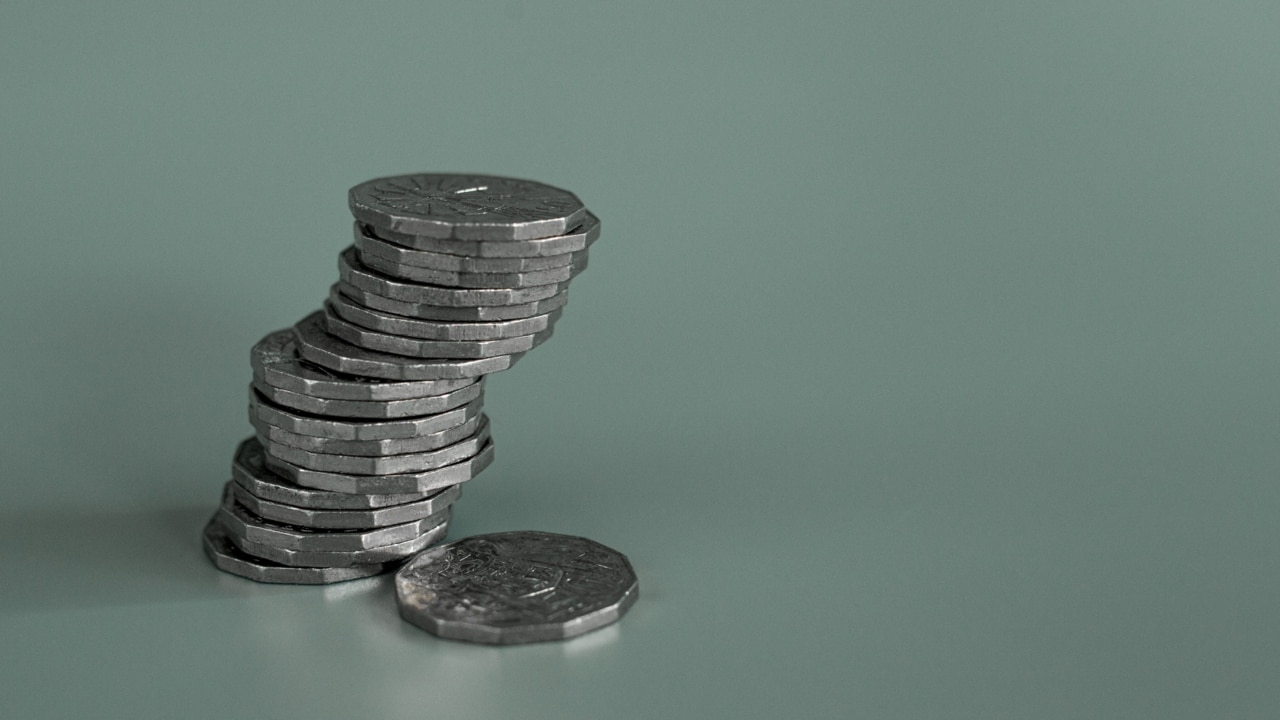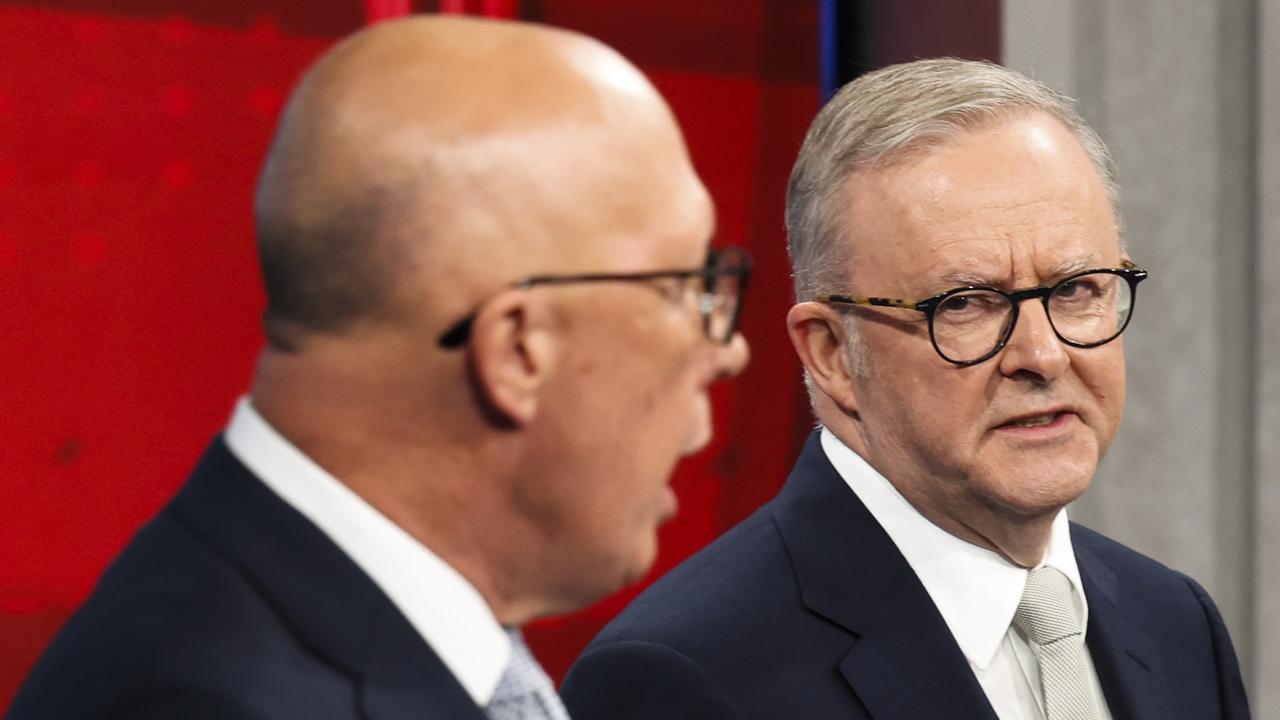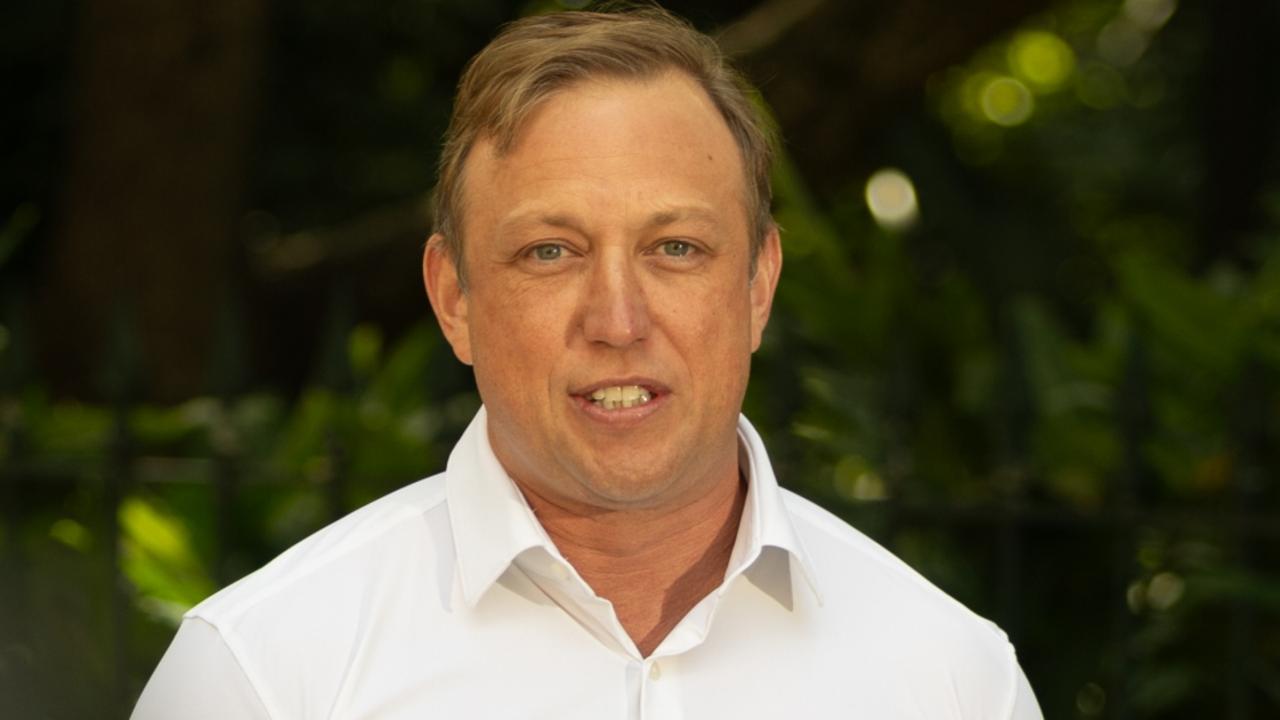Editorial: Cynical fare trial a chance for positive change
At first glance, the state government’s 50c flat public transport fare looks little more than a desperate grab - but we urge everyone to make the most of this opportunity, writes the editor.

Opinion
Don't miss out on the headlines from Opinion. Followed categories will be added to My News.
At first blush, Premier Steven Miles’s 50c flat fares for public transport look like little more than a desperate vote grab – a $150m splash of taxpayers’ money that will only put more pressure on a budget straining after the $3.5bn $1000 power bill handout.
And they are. The timing of the sixth-month trial – starting in August and straddling the October state election – gives that away.
The LNP Opposition had no choice but to say it would continue the trial if it wins office, as all polls indicate. But Deputy Opposition Leader Jarrod Bleijie was spot on in observing that: “Queenslanders are supportive of the cost of living relief, but cynical that it runs out just after the election.”
But regardless of the motivation behind the move, this trial offers a unique opportunity to see if it is indeed the cost that is the reason so many of us choose to sit in peak-hour traffic behind the wheel of our own vehicle rather than take the train, bus or – for the lucky few – a Brisbane River CityCat.

The trial will see every tap-on, tap-off public transport fare across Queensland (except the train line to Brisbane’s airport) reduced to 50c – regardless of the distance travelled. It will mean, for example, that someone who commutes from Mango Hill each day will see a reduction in fares from $96 to $5.
How many cars will be kept off the main highways into Brisbane each day if city commuters decide to take the train instead?
What will be the impact on congestion in the central business district if people go back to buses?
Will city shops, bars and restaurants see an uptick in business as people from the outer suburbs take advantage of travel to the CBD for pocket change?
And will anti-social behaviour on late-night trains and platforms decrease because of the increased patronage?
These and many more questions will be answered over the course of the trial, with the results being captured so they can be analysed for future decision making.
This is a good thing, and a proper post-trial analysis is actually what both sides should be committing to. Most pressing is that key question of whether an increase in public transport patronage can relieve congestion on the major roads into Brisbane each day – a nightmare that is caused, at least according to the Premier, by a leap in immigration rather than a lack of vision from our politicians.
Assuming that 50c fares across the board (at an annual cost of $300m) are not sustainable, one measure we could look at for the future would be to turn the entire ticketing structure on its head – that is, make fares cheaper for longer journeys. For example, make it cheaper to travel into Central from Caboolture or Carseldine and Cleveland than from Corinda. It’s a thought.
Of course, nothing changes if the trial is a failure – something the Premier was at pains to point out yesterday when he said: “This is use it or lose it.”
“If this is effective, if this reduces congestion and sees lots of people get back on public transport then obviously we’ll consider making it permanent,” Mr Miles said.
“If ... people don’t return to public transport then it won’t stack up and it won’t continue.”
And so we urge every reader – particularly those with a daily commute – to consider trying public transport once this trial kicks off. You might really like it.
Business pays price of cost-of-living crisis
Most of us have done it. As the cost-of-living crisis escalated, we cut back on the luxuries.
It might have been the bimonthly trips to our favourite local restaurant. The occasional shopping spree. A weekend away. Or the hobby that we decided to put on the backburner for a while.
Besides, the Reserve Bank was telling us to cut back on discretionary spending to help bring inflation under control.
Today The Courier-Mail reports on the impact of the huge drop off in discretionary spending.
Business foreclosures are surging, heading towards a level not seen since the Global Financial Crisis of 2007/08.
In Queensland, in April alone, there were 173 insolvencies, mainly in the accommodation and food services sector. In the 10 months to April 30 there have been 1608 insolvencies, according to ASIC records, a 39 per cent jump on the 1157 over the same period in the year prior.
While many of us tighten the belts and wait for better times, for those in small business there is often no way back when the needle eventually turns. Every foreclosure means the loss of a dream.
And unfortunately, experts predict the rate of foreclosures will surge past GFC levels, and won’t improve until late 2025.
Which is bad news for Prime Minister Anthony Albanese, who last week declared he wouldn’t go to the polls until the cost crisis starts to ease.
Originally published as Editorial: Cynical fare trial a chance for positive change






